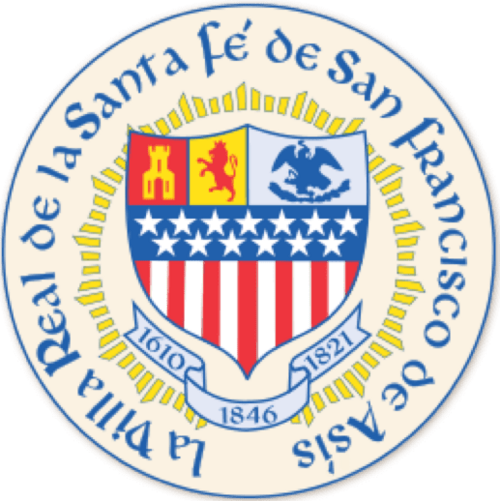Renewable Energy
Santa Fe Clean Energy Fund
The City has budgeted $500,000 to launch the Santa Fe Clean Energy Fund in 2023, which will provide financial assistance directly to income-qualified households to install solar panels or conduct energy efficiency improvements. This fund will help residents of Santa Fe overcome significant barriers to clean energy adoption by helping lower the cost of clean energy. It will work in tandem with the Santa Fe Solarize Program to help all Santa Fe homeowners see immediate savings with no up-front cost when they choose to go solar. Clean Energy Funds, or green banks, exist in 12 states. Every dollar invested by a green bank generates almost four dollars in private investment (on average).
Energy Efficiency
Green Building Code
Building codes, land use plans, and neighborhood plans guide the development of our built environment, which directly impacts how much energy is needed to power Santa Feans' homes, businesses, and transportation. They help define the vision and desired character of a community. The City has adopted building codes to support more sustainable development.
The Residential Green Building Code requires new residential buildings, additions, and remodels to meet certain standards for energy and water efficiency and air quality. The 2018 New Mexico Energy Conservation Code provides energy conservation standards for new residential buildings. In 2022, the Santa Fe Residential Green Building Code has avoided 13,152 tons of carbon dioxide and 13,139 pounds of nitrogen oxides!
Leading By Example
LEED Certification
The Santa Fe Community Convention Center has been recognized by the U.S. Green Building Council with a LEED (Leadership in Energy and Environmental Design) Gold certification, and the Southside Teen Center will be a LEED Silver building. In 2020, the entire City of Santa Fe was awarded LEED Gold Certification for its exceptional performance in fostering a sustainable, resilient city.
LEED is the most widely used rating system in the world for sustainable design. LEED Certification is a framework for healthy, efficient, carbon and cost-saving green buildings. Because buildings consume high levels of energy and resources, LEED-certified buildings are a great way to meet climate action and carbon reduction goals. LEED certifications also reach beyond the building, considering factors such as human health, protection and restoration of water resources, alternative transportation access, biodiversity, community quality of life, and more.
Leading By Example
Energy Efficient Facilities
The City has undertaken several projects to increase the amount of renewable energy generated in Santa Fe and maximize energy efficiency. Additionally, energy saving improvements were applied to city-owned buildings including converting lighting fixtures to LEDs and upgrading water fixtures.
In 2021, the City constructed a combined heat and power facility at its wastewater treatment plant. Combined with an existing solar array, the facility will provide 94% of the power needed for the wastewater treatment plant to operate.
From 2021-2023, the City has added 2.75 megawatts of renewable energy to its renewable energy portfolio through the City Solar Project. Seventeen sites were selected for solar photovoltaic arrays. In total, these arrays are estimated to save more than $500,000 per year in utility costs.
Check out the storyboard for the seven public-facing facilities here!
Leading By Example
Streetlight LED Conversion
In 2021, the City of Santa Fe began the process of converting 5,550 high-pressure sodium streetlights within the city to LEDs, meeting the community developed roadway lighting guidelines. LEDs reduce energy usage, save money, enhance public safety through targeted lighting, and reduce light pollution.
The new LED streetlights meet dark sky specifications because they are hooded and directed downward. This ensures that the light illuminates where it is needed and surrounding areas do not experience light pollution. These smart-ready LEDs use 60% less energy, have a low failure rate, and some include smart node technology, which enables remote malfunction detection. Learn more about the lighting conversion project here.
How You Can Help
Support the transition to 100% renewable energy in Santa Fe!
Credit: Tom Swinnen

